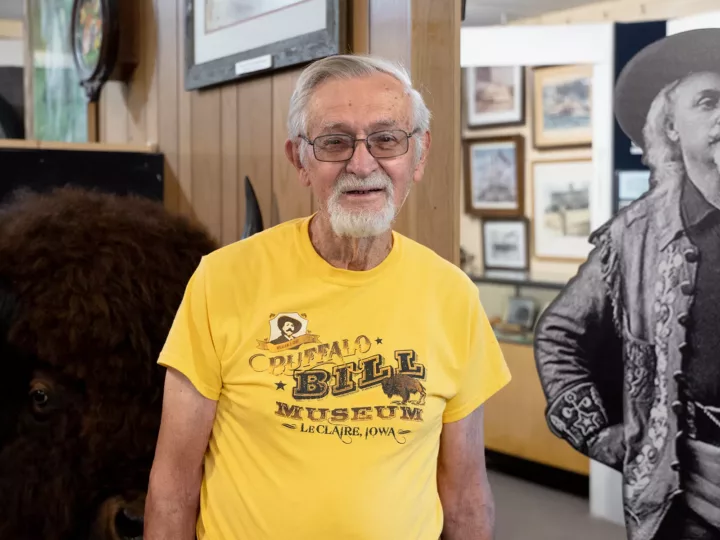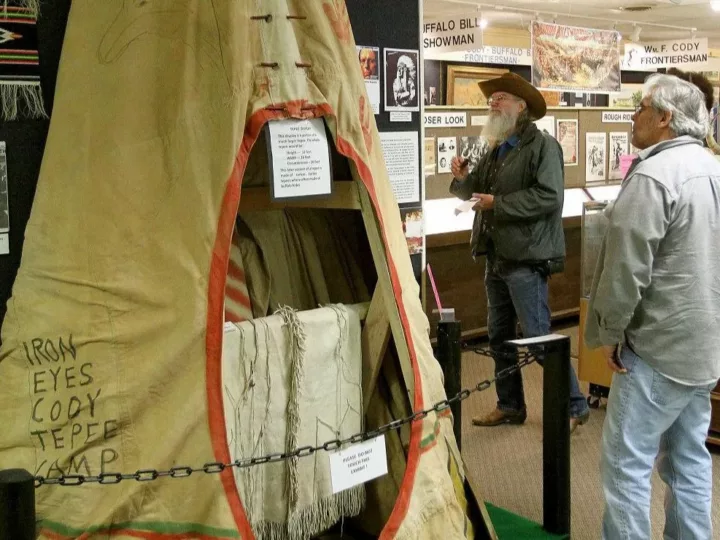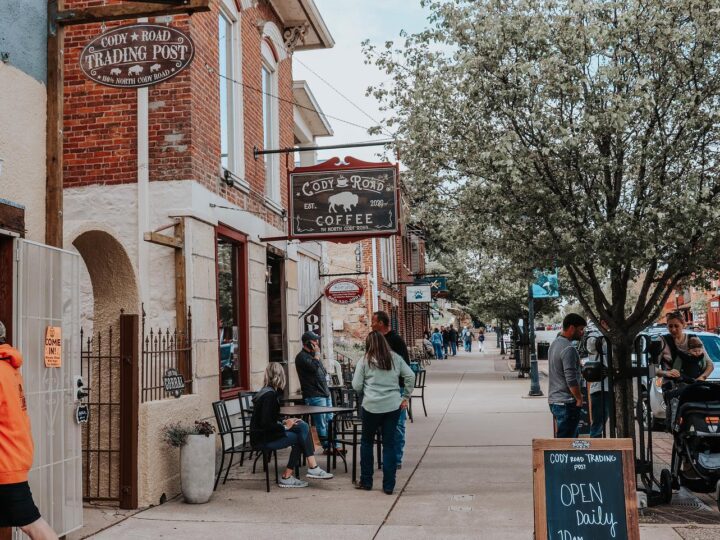
The Mississippi River is a dominant feature of the LeClaire landscape and has been a major factor in its history, influencing economic, social and cultural activities.
Native Americans inhabited the region and the river bluffs where they utilized the area for hunting and fishing. Members of the Sauk and Fox tribes lived in the vicinity.
LeClaire’s more modern history begins in the early 1800s when Antoine LeClaire became involved with the Native Americans in the area at young age, eventually serving as an interpreter while working for the government and as an agent for The American Fur Company. The legend is that due to their friendship with LeClaire and his wife, the local tribes gifted him a tract of 640 acres at the end of rapids as part of a treaty in 1832.
The Rise of River-Centric Industries
River-centric industries like sawmills and lime kilns started to pick up steam, so LeClaire sold the land between various towns and mapped out a plan for a community on 80 acres of land with room enough for 20,000 residents and LeClaire was officially established in 1834.
What was known as Parkhurst and LeClaire and a small strip of land previously known as Middletown blended together to occupy the area known as present-day LeClaire. This strategic location at the head of a 15-mile stretch of rock-strewn water is known as the Upper Rapids.
A special type of river pilot was needed to navigate the fierce upper rapids of the Mississippi and with LeClaire’s positioning at the head of the rapids, “Rapids Pilot” became a new career in river work.
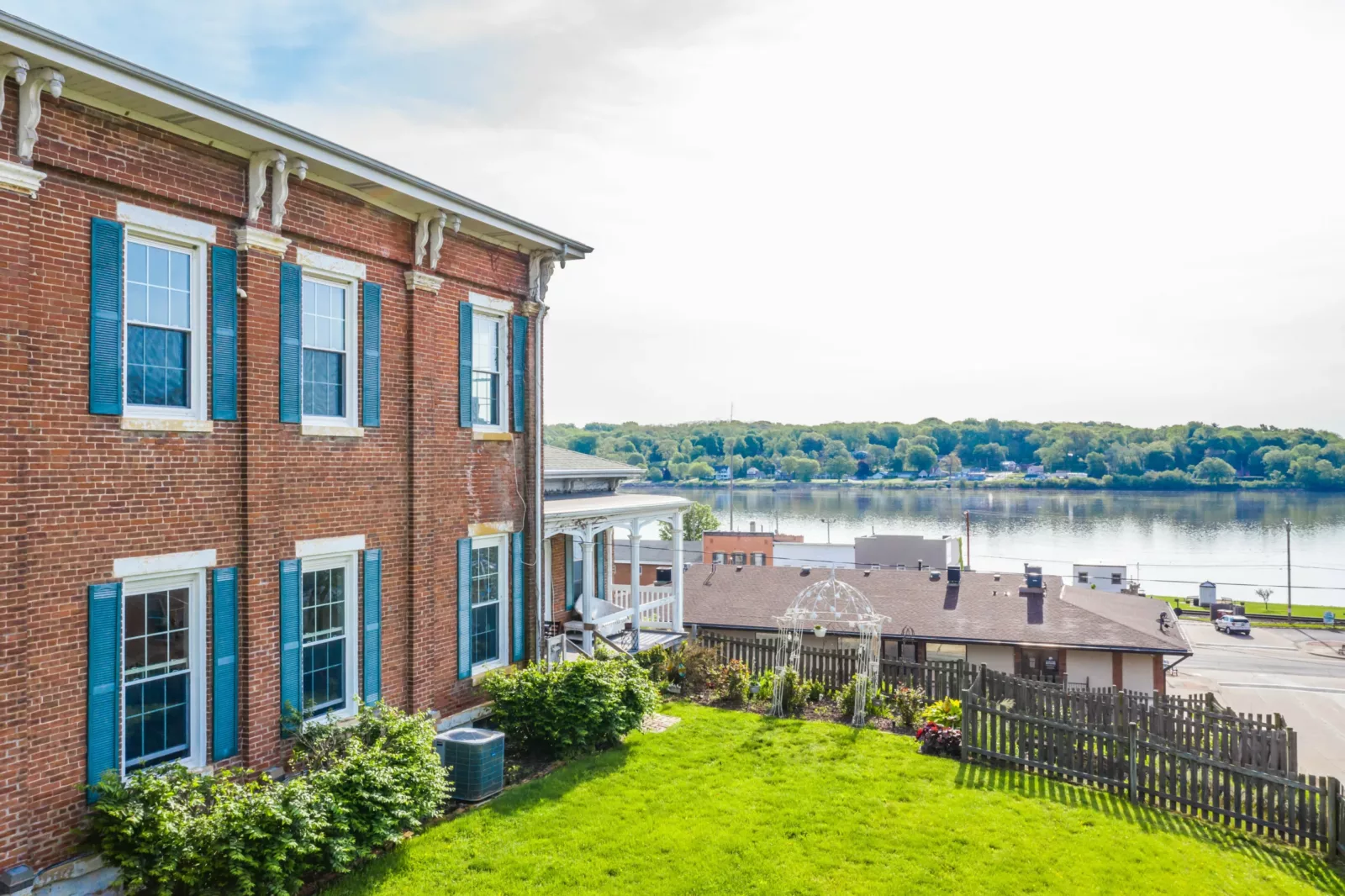
LeClaire also became a lucrative place for the boat yard business in building and repairing steamboats. Competition from railroads led to a decline in river commerce in the early 1900s. In addition, Congress approved a project in 1930 that would ultimately create the current system of locks and dams put in place on the Mississippi River so that boats hauling freight up and down the upper river could have easier passage.
Apart from the stone quarries, brickyards and factories that made buttons out of the plentiful shells found in the river, early industry was mostly milling and other river work, which provided Cody Road with the celebrated appeal of beautiful River Pilot homes that were recognized in 2019 as part of the nine-block Cody Road Historic District listed on the National Register of Historic Places. Most of these homes were mostly built between 1850 and 1870 with brick and frame construction and are located along Cody Road and Second Street with a few between Wisconsin and Dodge Streets.
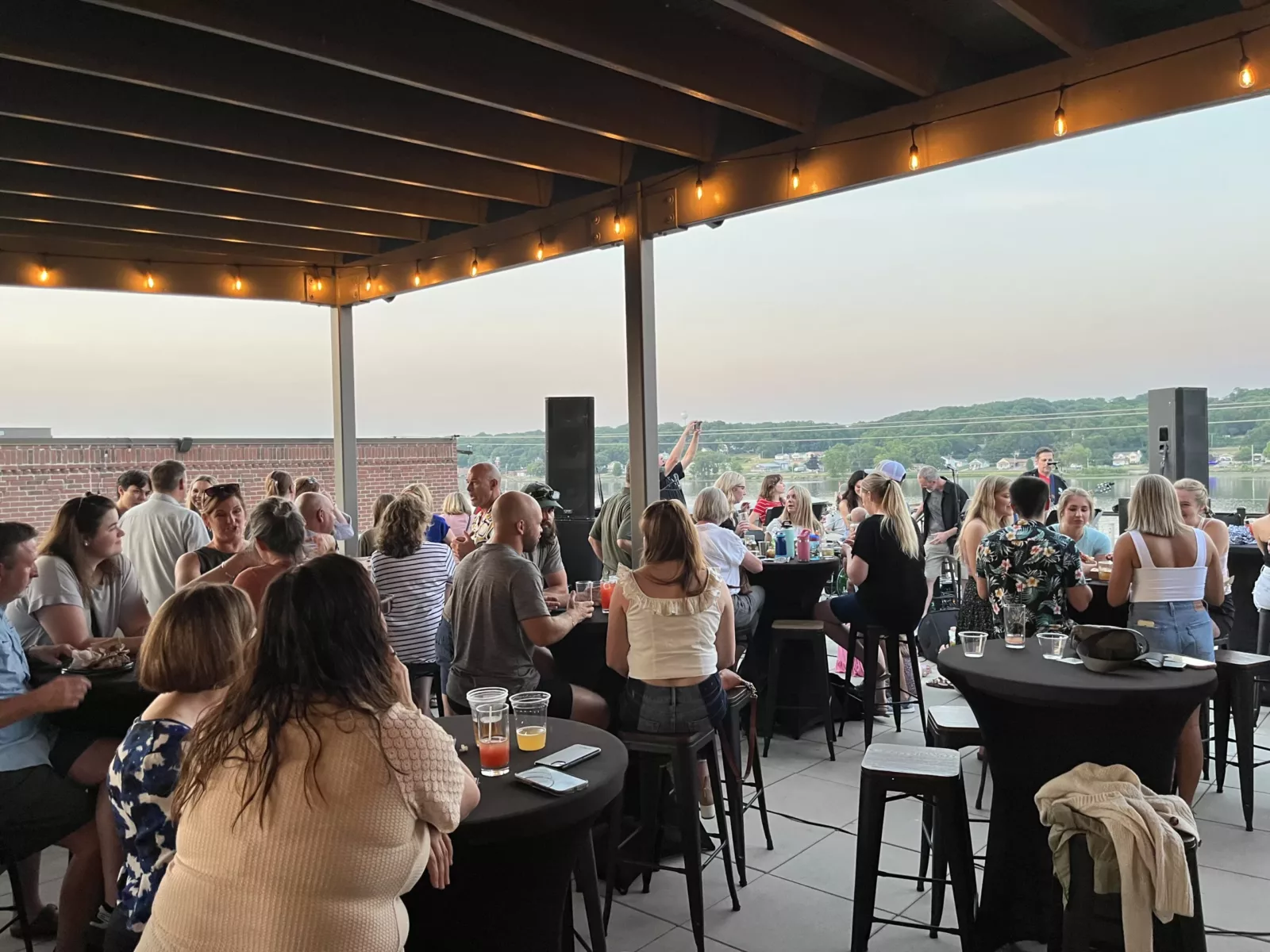
Modern Growth in LeClaire
Prior to his passing, Dennis Fisher, a dedicated LeClaire volunteer who died in July 2017, chronicled the evolution of LeClaire and its 21st century renaissance.
“Not a lot had changed in LeClaire through the 1900s. Then, Dr. Rick Reed, president of the LeClaire Chamber of Commerce at the time, got a downtown revitalization started by contacting and working with Iowa State University. From there, he worked with ISU College of Design and a graduate class as their school project to do a plan,” Fisher wrote.
The City Council, which at that time included Mike Wolfe before he became famous with “American Pickers” and other forward-thinking entrepreneurs such as Rodney Collier, with the support of Mayor Vern Spring, decided LeClaire could be someplace special and gave the plan a boost.
“From this, the plan for returning the town to its historic character of the past came to fruition with cooperation between the Council, the Chamber of Commerce, Economic Development, Tourism and downtown merchants. The Levee was developed, pedestrian-friendly sidewalks were constructed and storefronts were restored exhibiting their historic appearance. Construction was finished in 2007,” Fisher wrote.
“LeClaire was on its way to becoming a destination day trip or weekend getaway for people throughout the Midwest and the United States. The city has grown substantially in the last decade. Showing off its history with the Buffalo Bill Museum and Lone Star Steamer, many eclectic shops for browsing and finding that special item, and great restaurants with a wide variety of cuisines from which to choose, LeClaire has become so much to so many,” Fisher wrote.



